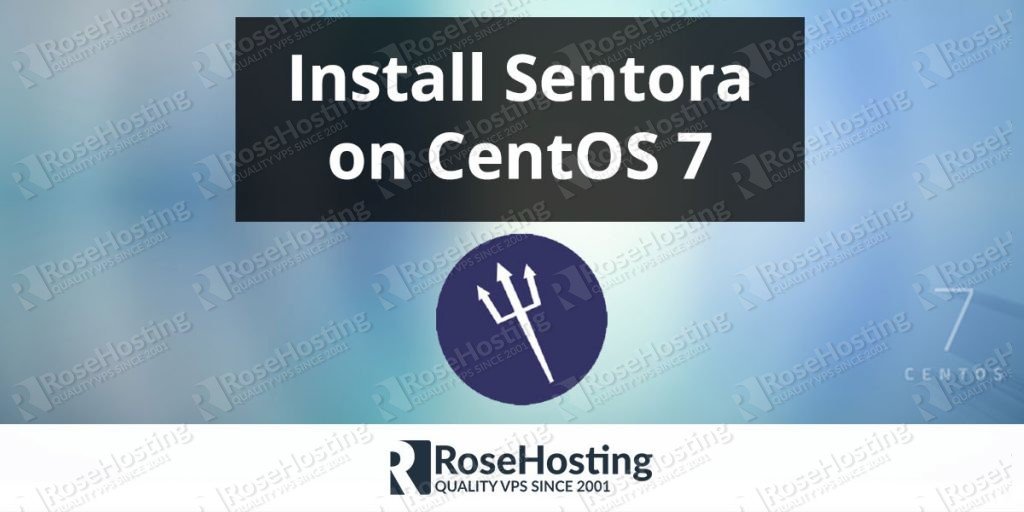CentOS project released the CentOS version 8 on 25 September 2019. We can download and install CentOS 8 in different ways. In this tutorial, we will download the CentOS DVD and install it. This installation tutorial can be also used for CentOS 6, CentOS 7 and upwards versions.
CentOS welcomes new mirror sites. If you are considering setting up a public mirror site for CentOS, please follow the mirror guidelines to make sure that your mirror is consistent with the other mirror sites. If you’re searching for mirrors providing AltArch content (like.
There are some major changes which can affect the use of CentOS. Here we will list them.
Welcome to LinuxQuestions.org, a friendly and active Linux Community. You are currently viewing LQ as a guest. By joining our community you will have the ability to post topics, receive our newsletter, use the advanced search, subscribe to threads and access many other special features. Hwclock is a program that runs under Linux. Based on your download you may be interested in these articles and related software titles. To add a repository, click the + button. To delete a repository, click the -button. Click the arrow icon to revert to the previous list of repositories, that is, to replace current entries with those that were present at the time you entered the Installation Source screen. To activate or deactivate a repository, click the check box in the Enabled column at each entry in the list. Download file in centos with wget command The quick and effective method to download software, music, video from internet is using wget command.
- `yum` package manager is now based `dnf`.
- Version control systems provided with Git 2.18, Mercurial 4.8 and Subversion 1.10
- Python 3 or Python 3.6 is the default version where some limited support is provided for Python 2.7. By default, no version of Python is installed.
- `Node.js` is added to the CentOS 8. Also PHP 7.2, Ruby 2.5, Perl 5.26 is available.
- Database servers MariaDB 10.3, MySQL 8.0, PostgreSQL 10 and Redis 5 is provided
- Webservers Apache 2.4 and Nginx 1.14 is provided
- GNOME Desktop is provided as 3.28 version and Wayland display server is by default
We can download the CentOS ISO image from the following URLs. We can download the ISO image directly from the server or using the torrent file. In this case, we will download the ISO image directly.
The CentOS-8-x86_64-1905-dvd1.iso image size is about 6.6 GB which is very huge.
In order to install into a physical system, computer or laptop we need to use some installation media which contains CentOS 8. We can use following tutorial to create CentOS 8 installation media with the downloaded CentOS 8 ISO image.
When we start the system with the CentOS 8 iso mounted we will see the following startup screen. In this screen simply we will select Install CentOS Linux which will start the installation process.
During boot we can see a dark screen or a screen like below we just need to wait for the Welcome CentOS screen.
In the following screen we will select the Installation Language. By default English is provided as Installation language.
The following Installation Summary screen provides the complete configuration about the CentOS 8 Installation.
- `Keyboard` configuration is used to set the keyboard layout
- `Language Support` configuration is used to set system language
- `Time&Date` configuration is used to set date and time with time zone configuration
- `Installation Source` configuration is used to set installation media which is DVD for this case but also network and internet can be used
- `Software Selection` configuration is used to set installed software, desktop environment and packages
- `Installation Destination` configuration is used to set the disk configuration like LVM, root partition etc
- `KDUM` configuration
- `Network & Host Name` configuration is used to set the IP address, hostname and network-related configuration.
- `Security Policy` is used to set some security policy from the network.
By default, English keyboard layout is provided but we can change it from Keyboard configuration. We can add new layout with the plus sign and remove selected existing layout with the minus sign. We can also test the selected layout with the text box on the right side.
We can change the system language from the Language support. By default, English is provided.
We can change the system time, date and time zone from Time&Date configuration. We can use the map to select the location which is Istanbul in this case. We can also use Region and City options to select.
We can change the installation source but this is generally not required.
In the Software Selection we can select the software, packages or desktop environment we want to install CentOS 8 and use. By default Server with GUI base environment selected with no Add-ons.
Installation Destination configuration is used to select and configure the disk we want to install. The default configuration, in this case, is single disk which will be configured automatically.
Network& Host Name is used to configure the IP address, Hostname, and network configuration. Lexmark e250d driver download windows xp. We need to make the interface On which is ens160 in this case. We can also set the Hostname from below the screen which is centos8.poftut.com in this case.
We can also load a security policy from the network location bt providing its URL.
Now we will click to the Begin Installation Edit domain group policy. and the installation process will start. During the installation we have to configure the Root Password and User from the following screen.

In the Root Password screen, we will set the root user password. If the provided password is weak from the security point of view a Weak message is provided. When we provide a secure password we will see a green Strong message like below. Also, we have to provide the Root Password to the Confirm text box to prevent mistyping.
The new step is creating a user from the Create User. We will see the following screen. We will provide the following configuration.
- `Full name` is the full name with first and surname of the user which is `İsmail Baydan` in this case.
- `User name` is the system-level user name which will be used for login, authentication and system-related operations. We will set `ismail` in this example.
- `Make this user administrator` will give admin, root, sudo privileges to this user
- `Requires a password to use this account` will requires a password for this account
- `Password` is the password for this user and which is strong
- `Confirm password` will confirm password
When the installation is complete without any problem we will see the following screen. We can just click to the Reboot to restart and boot freshly installed CentOS 8 system.
When we first start the CentOS 8 we will see the following Initial Setup screen. We will just need to open the License Information screen.


We will click to the I accept the license aggrement and then click to the Done in order to accept the license agreement.
In the following screen just click to the Finish Configuration.

See Full List On Centova.com
We can see the following Login screen for the CentOS 8 operating system. We can see the created user named İsmail Baydan.
In the first start, we will be asked some question which has been already configured in the CentOS 8 installation phase. In the following screen, we can select the GNOME GUI language which is English.
In the following screen, we will select the Keyboard layout which is Turkish in this case.
We can also enable location services for privacy with the following screen.
If we have Google, NExtclodu, Microsoft, Facebook accounts we can log in and connect them to the Gnome with the following screen.
Download CentOS 8.1-1911 - Free Linux Downloads
Here is the last step to use CentOS 8. There is no action just click to the Start Using CentOS Linux.
After installing from a DVD there may be some outdated packages which are installed. We can update these packages with the following command from the command line.
If we are installing the CentOS 8 to a VM like VMWare, VirtualBox, Qemu or KVM installing the open-vm-tolls make our life easier. Open VM Tools will integrate the CentOs 8 with the virtualization software and make it faster, efficient and easier.
Choosing which Distribution to Download
Tumbleweed
openSUSE Tumbleweed is a rolling-release. This means the software is always the latest stable versions available from the openSUSE Project. Things will change regularly as Free and Open Source projects continually release new versions of their software.
Tumbleweed is recommended for Developers, openSUSE Contributors, and Linux/FOSS Enthusiasts.
Leap
openSUSE Leap is a regular-release. This means it releases annually, with security and stability updates being the priority during each release lifetime. It is not expected to change in any significant way until its next annual release. Leap shares a Common Base System with SUSE Linux Enterprise, so major architectural changes are not expected for several years, aligned with each new Major Release (eg 12, 13, etc) of SUSE Linux Enterprise.
download free, software Install Hwclock Centos Virtualbox
Leap is recommended for Sysadmins, Enterprise Developers, and ‘Regular’ Desktop Users.
Both distributions are well tested by openQA as well as by human openSUSE contributors so both can be relied upon to work.
Both distributions are fully capable of being used on a Desktop PC, laptop, server, or in the cloud.
Installing Software - CentOS
If you are still not sure, download openSUSE Leap
It is easy to switch to openSUSE Tumbleweed if you change your mind later.
